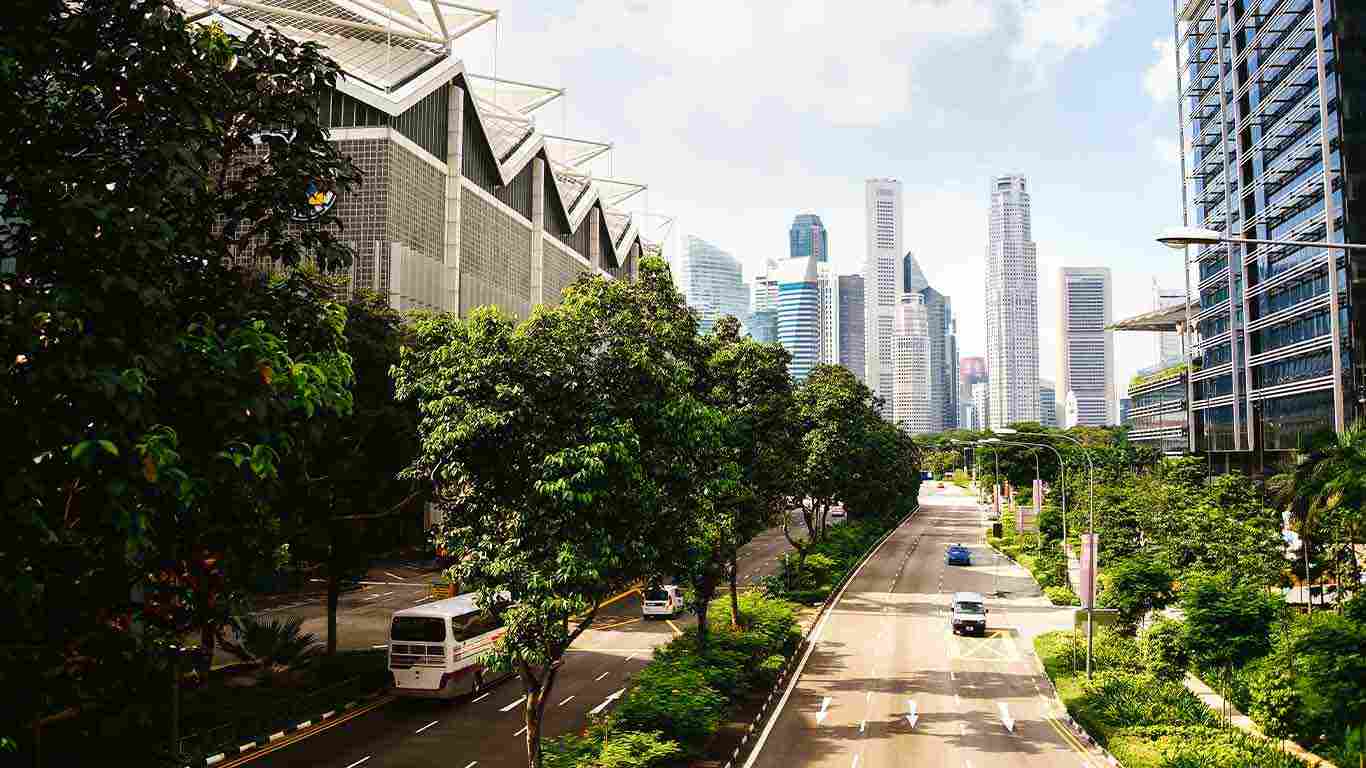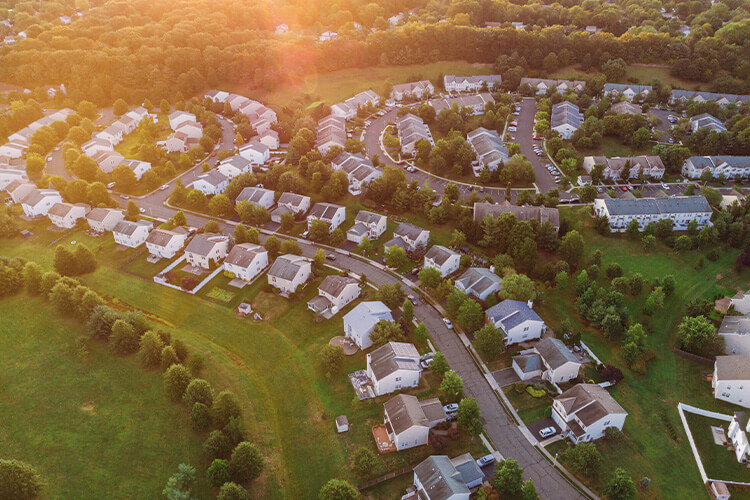What Are the Advantages and Disadvantages of Sustainable Development?
By homz | April 7, 2023
Sustainable development is a concept that has gained widespread popularity over the past few decades. It is defined as “development that meets the needs of the present without compromising the ability of future generations to meet their own needs.” Sustainable development is centered around preserving natural resources and maintaining the ecological balance for the benefit of all. In this blog, we will explore the advantages and disadvantages of sustainable development.
Advantages of Sustainable Development
-
Environmental Protection
One of the most significant advantages of sustainable development is that it helps protect the environment. The implementation of sustainable development practices, such as the utilization of renewable energy sources and waste reduction, aids in the reduction of pollution and greenhouse gas emissions. This improves the quality of life for people and preserves the environment for future generations.
-
Economic Benefits
Sustainable development also provides economic benefits. For instance, investments in renewable energy, green infrastructure, and sustainable technologies can create jobs and stimulate economic growth. Furthermore, sustainable practices can help businesses reduce operating costs, improve efficiency, and increase profits.
-
Social Equity
Sustainable development promotes social equity by ensuring everyone can access basic needs such as food, water, and healthcare. This ensures no one is left behind in pursuing economic and environmental sustainability.
-
Long-term Benefits
Sustainable development practices are designed to ensure that the benefits are long-lasting. For instance, using renewable energy sources such as solar, wind, and hydropower ensures that energy will be available for future generations.
Disadvantages of Sustainable Development
-
High costs
One of the major disadvantages of sustainable development is that it can be expensive. The initial investment required to implement sustainable practices such as green infrastructure and renewable energy can be high. This can deter some businesses and individuals from adopting sustainable practices.
-
Limited availability of resources
Another disadvantage of sustainable development is that some resources required for sustainable practices may be limited. For instance, the availability of some renewable energy sources, such as wind and solar power, may be limited in certain areas.
-
Cultural and social barriers
Sustainable development may face cultural and social barriers, especially in communities with deeply ingrained traditional practices. This can make it difficult for sustainable practices to be adopted and implemented.
-
Slow progress
Sustainable development is a long-term process that requires significant time and resources. This means that progress can be slow and incremental, which can be frustrating for those who want to see immediate results.
Creating a Sustainable Community
Creating a sustainable community is an essential step towards sustainable development. A sustainable community meets the needs of its residents while preserving the environment and promoting social responsibility. Here are some strategies for creating a sustainable community:
Reduce Energy Use
Reducing energy use is one of the most important steps towards creating a sustainable community. This can be done by promoting energy-efficient buildings, encouraging the use of public transportation, and promoting the use of renewable energy sources.
Preserve Natural Resources
Sustainable communities also prioritize the preservation of natural resources. We can achieve this by promoting sustainable agriculture, reducing waste, and protecting biodiversity.
Encourage Social Responsibility
Sustainable communities also promote social responsibility. This can be done by promoting access to education and healthcare, reducing poverty, and promoting social equality.
Foster Community Engagement
Finally, sustainable communities foster community engagement. Promoting public participation in decision-making processes, promoting local businesses, and encouraging community-building activities are great ways to achieve these goals.
Final Thoughts
Sustainable development is an important concept that can help create a more just, equitable, and sustainable world. While sustainable development has both advantages and disadvantages, the benefits of creating sustainable communities far outweigh the costs. By promoting environmental protection, economic benefits, social responsibility, and long-term thinking, we can create a more sustainable future for all.
HOMZ is creating wellness-centric housing communities across the US with sustainability at its core. Our communities take great care in achieving sustainability goals, focusing on using natural elements for construction, like wood and stones. Amenities like jogging trails, biking trails, fitness centers, open fields, pet parks, organic farming, and Miyawaki forests complement our sustainability efforts.


 info@homzglobal.com
info@homzglobal.com


















